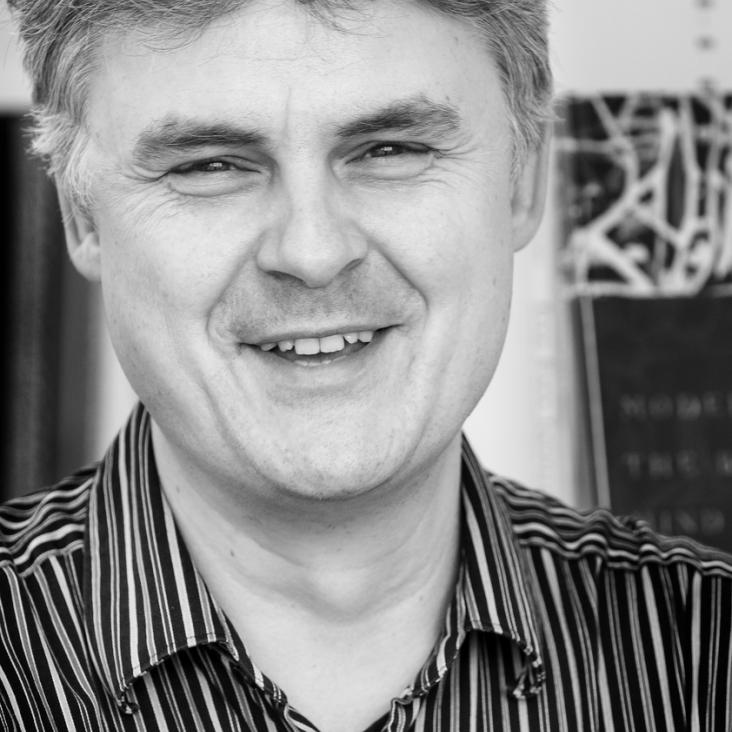Scattering length monitoring at the SNO plus detector
Journal of Physics : Conference Series Institute of Physics (IoP) 888 (2017)
Absolute multilateration between spheres
Measurement Science and Technology IOP Publishing 28:4 (2017) 1-11
Abstract:
Environmental effects typically limit the accuracy of large scale coordinate measurements in applications such as aircraft production and particle accelerator alignment. This paper presents an initial design for a novel measurement technique with analysis and simulation showing that that it could overcome the environmental limitations to provide a step change in large scale coordinate measurement accuracy. Referred to as absolute multilateration between spheres (AMS), it involves using absolute distance interferometry to directly measure the distances between pairs of plain steel spheres. A large portion of each sphere remains accessible as a reference datum, while the laser path can be shielded from environmental disturbances. As a single scale bar this can provide accurate scale information to be used for instrument verification or network measurement scaling. Since spheres can be simultaneously measured from multiple directions, it also allows highly accurate multilateration-based coordinate measurements to act as a large scale datum structure for localized measurements, or to be integrated within assembly tooling, coordinate measurement machines or robotic machinery. Analysis and simulation show that AMS can be self-aligned to achieve a theoretical combined standard uncertainty for the independent uncertainties of an individual 1 m scale bar of approximately 0.49 µm. It is also shown that combined with a 1 µm m−1 standard uncertainty in the central reference system this could result in coordinate standard uncertainty magnitudes of 42 µm over a slender 1 m by 20 m network. This would be a sufficient step change in accuracy to enable next generation aerospace structures with natural laminar flow and part-topart interchangeability.Measurement of event-shape observables in Z→ℓ+ℓ− events in pp collisions at s√=7 TeV with the ATLAS detector at the LHC
European Physical Journal C Springer Berlin Heidelberg 76:7 (2016) 375
Abstract:
Event-shape observables measured using charged particles in inclusive Z-boson events are presented, using the electron and muon decay modes of the Z bosons. The measurements are based on an integrated luminosity of 1.1 fb−1 of proton–proton collisions recorded by the ATLAS detector at the LHC at a centre-of-mass energy √s = 7 TeV. Chargedparticle distributions, excluding the lepton–antilepton pair from the Z-boson decay, are measured in different ranges of transverse momentum of the Z boson. Distributions include multiplicity, scalar sum of transverse momenta, beam thrust, transverse thrust, spherocity, and F-parameter, which are in particular sensitive to properties of the underlying event at small values of the Z-boson transverse momentum. The measured observables are compared with predictions from Pythia8, Sherpa, and Herwig7. Typically, all three Monte Carlo generators provide predictions that are in better agreement with the data at high Z-boson transverse momenta than at low Z-boson transverse momenta, and for the observables that are less sensitive to the number of charged particles in the event.Experimental and theoretical studies of the properties of coherent Smith-Purcell radiation
Proceedings of International Particle Accelerator Conference 8-13 May 2016, Busan, Korea Joint Accelerator Conferences Website (JACoW) (2016)
Abstract:
Recent advances in physics of particles accelerators and lasers have shifted dramatically the expectations of bunch length and capability to generate electron bunches with specific longitudinal profiles [1,2]. This has stimulated interest in analysis of spectrum of coherent radiation to enable the longitudinal bunch profile diagnostics at femtosecond-scale. Spectral analysis of coherent Smith- Purcell radiation (cSPr) is particularly relevant as it allows non-invasive and cost-effective monitoring of electron bunch profiles. In this paper, the recent results observed from the E203 experiment (FACET, SLAC) are presented. Consistency of the cSPr as diagnostic tool is discussed, as well as the properties of cSPr such as directionality and polarization.Current status and future prospects of the SNO+ experiment
Advances in High Energy Physics Hindawi Publishing Corporation 2016 (2016) 6194250-6194250


